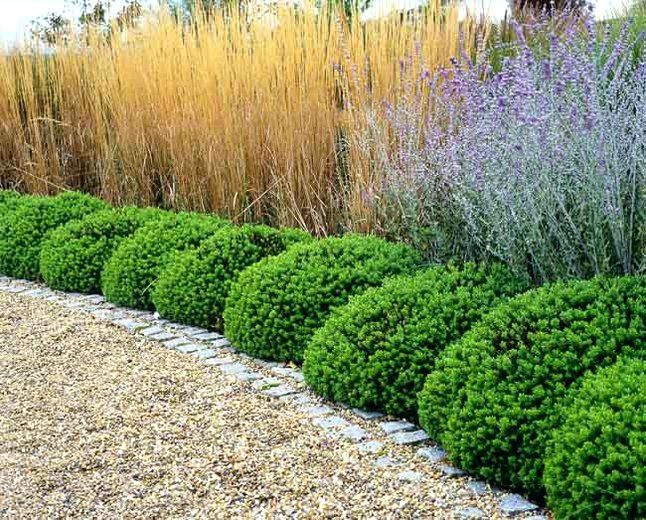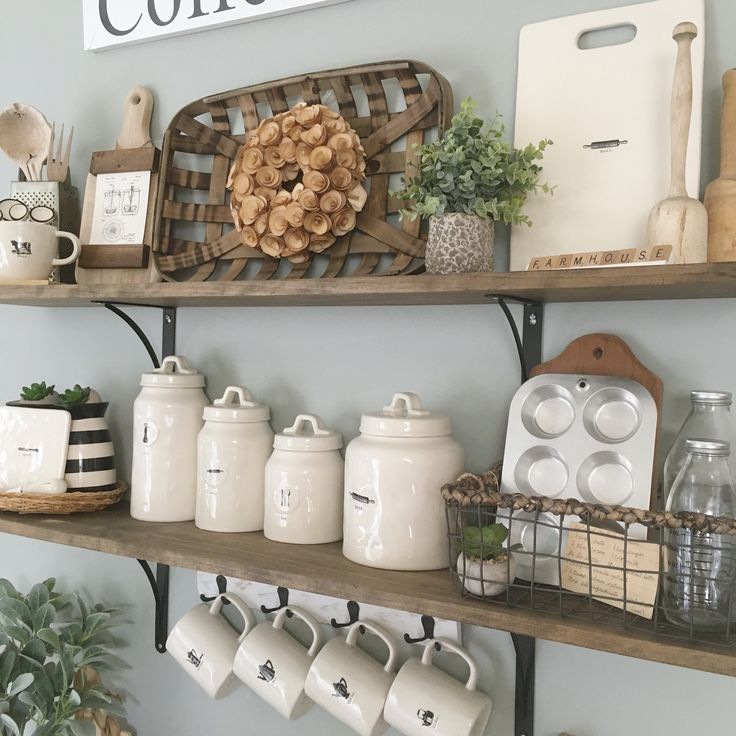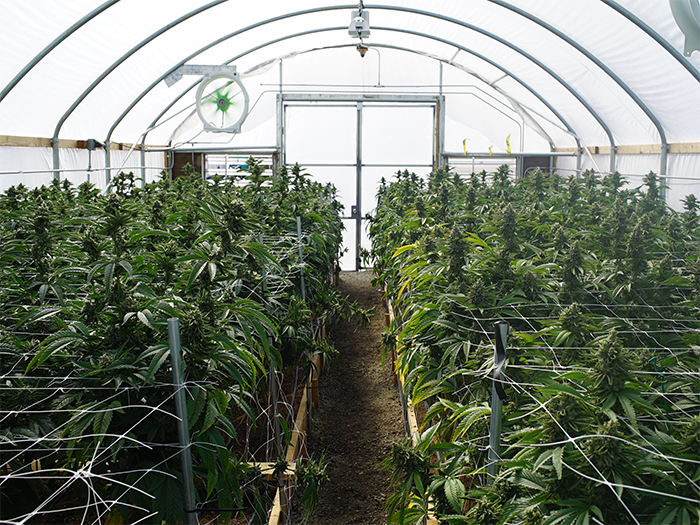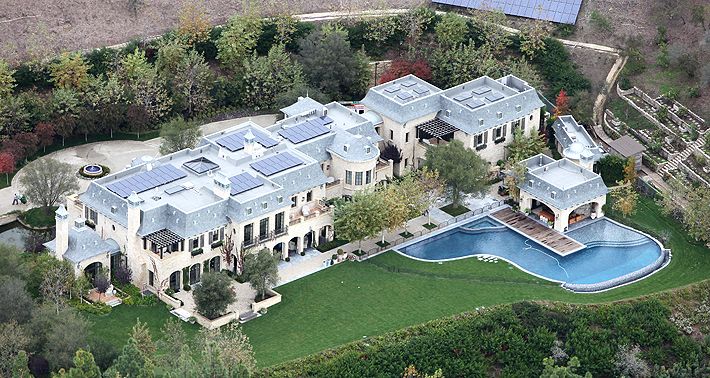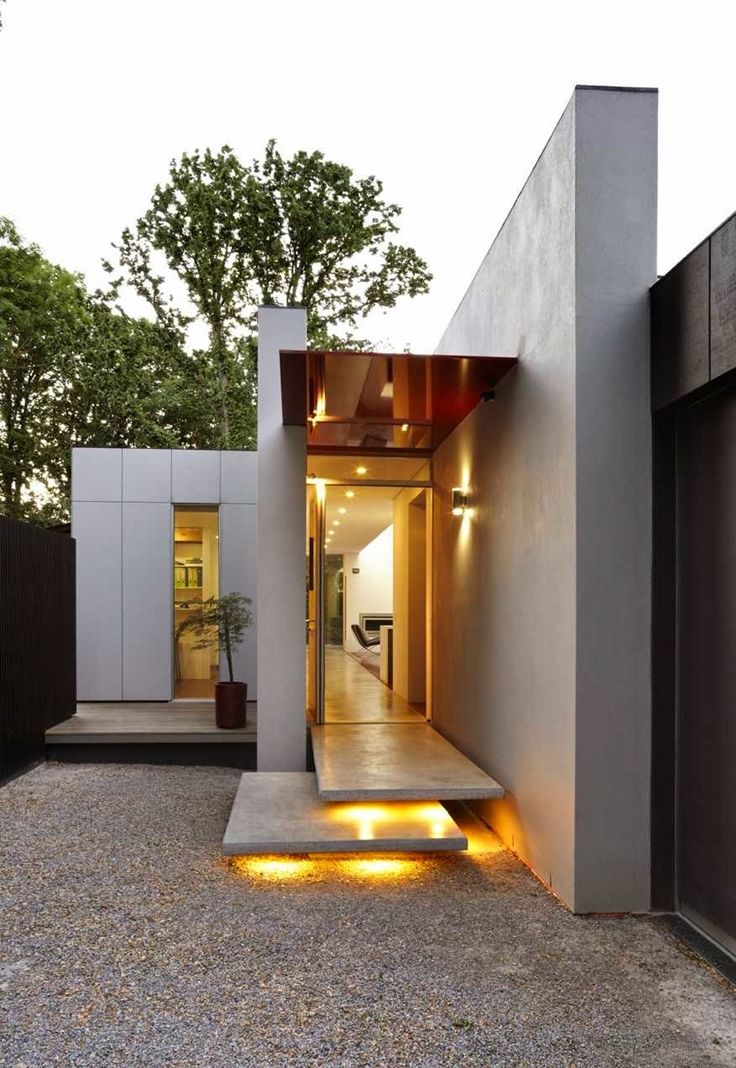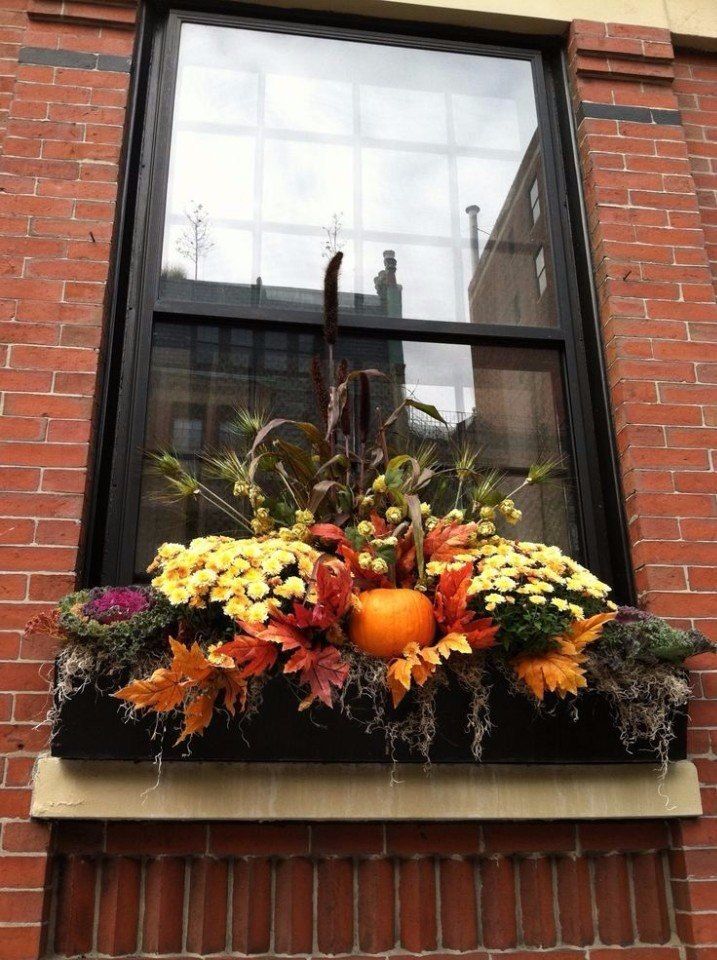Shrubs for borders
12 Best Shrubs for Borders (Plus Growing Tips)
Living privacy fences are a great way to create a border around your home that is both aesthetically pleasing and good for the environment.
In addition to being relatively inexpensive to implement, planting shrubs on your property line can attract pollinators, reduce noise pollution, and provide your yard with ample shade.
Here is a list 12 Best Shrubs for Borders
Boxwood (Buxus sempervirens)
The boxwood shrub is a woody plant with dense, evergreen leaves that make it perfect for privacy. It is widely cultivated and used in landscaping of all kinds, including as topiaries. This shrub does well in full sun, but will also survive in light shade.
Common boxwood shrubs can grow up to 20 feet tall. Different variations can withstand different temperatures, however, the English boxwood is grown best in USDA 7.
English Yew (Taxus baccata)
This lovely evergreen shrub can reach heights of 100 feet and is wide-spreading. It features long, flat, dark green leaves, and produces gorgeous bright-red berries.
English yew prefer moist, well-drained soil and full sun, although it will tolerate full shade. It isn’t necessary to prune this shrub, although doing so will not harm it.
Privet Hedges (Ligustrum)
Privet hedges are an excellent border option thanks to their aesthetic appeal and how quickly they grow. This type of hedge has dense foliage and sports beautifully scented white flowers during the summertime, which turn to purple-black berries in the fall.
It can grow up to 15 feet tall and eight feet wide. It isn’t picky about the type of soil it grows in, although it does prefer full-sun and the warmer climates found in USDA Zones 6 to 9. Once fully grown, privet hedges are drought tolerant.
Lilac Bush (Syringa vulgaris)
With their frothy cream and violet blooms and sweet, signature scent, lilac bushes are a beautiful way to create a plant border around your home.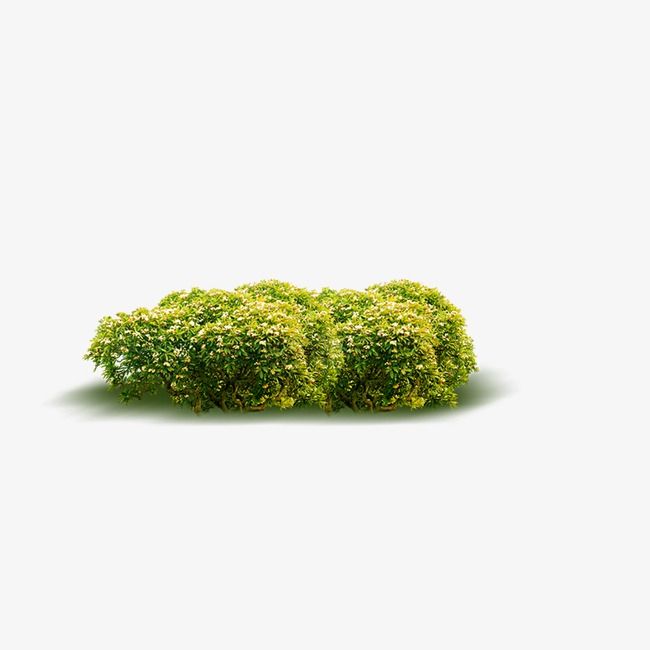 They have dense and glossy green foliage that looks lovely even when the blooming season is over.
They have dense and glossy green foliage that looks lovely even when the blooming season is over.
Lilacs grow best in USDA zones 3 through 7 and prefer at least six hours of sun a day. They grow best in moist, alkaline soil with a 6.5 to 7 pH and require excellent drainage.
Hydrangea Bush
Hydrangea bushes are large perennial shrubs that produce showy spherical blooms in spring and summer. The color of their blooms depends on the type of soil they are grown in, which can result in pinks, purples, blues, and creamy white flowers. Depending on the type of Hydrangea, this plant can grow up to 15 feet tall.
They grow in a wide range of climates and can commonly be found in zones 3 to 7. Some types withstand colder temperatures better than others, but they are generally full-sun plants. Well-draining soil is necessary to avoid root rot and do well with a base layer of mulch.
Blackhaw (Viburnum prunifolium)
Blackhaw shrubs are deciduous plants with a reddish-brown trunk and long, glossy green leaves that turn a lovely shade of purple in the fall.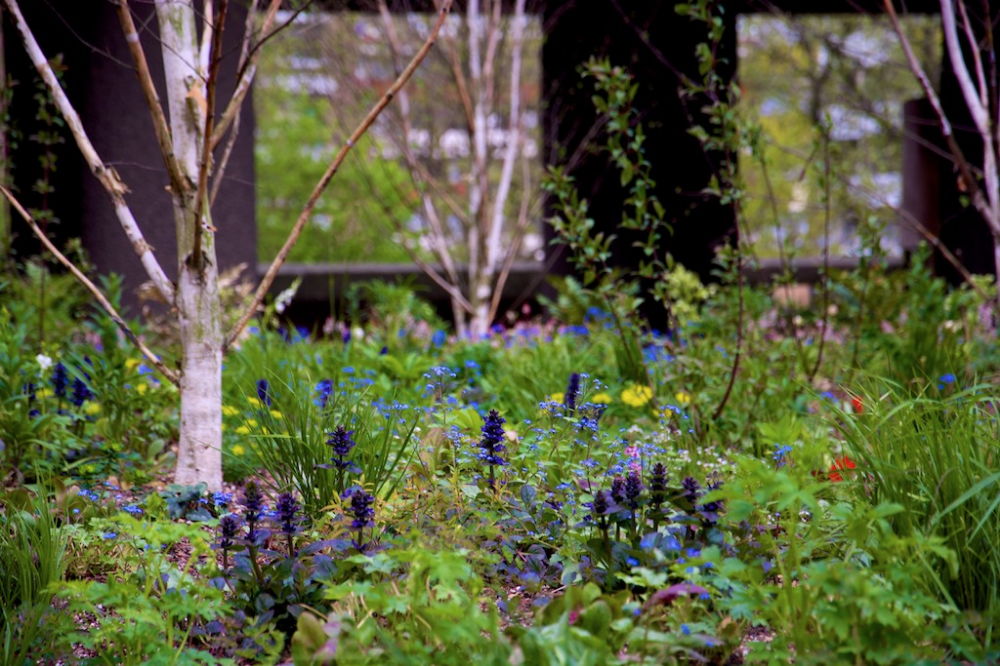 In the spring, this shrub produces tiny white flowers.
In the spring, this shrub produces tiny white flowers.
Blackhaw can grow up to 15 feet tall, making it an excellent border plant. It is relatively low-maintenance, although it does require full sun and moist, well-drained soil to thrive. You can grow Blackhaw in USDA hardiness zones 3 through 9.
Pyracantha
Also known as a Firethorn, the Pyracantha is a thorny evergreen shrub that is both easy to grow and makes a show-stopping addition to any landscape or border. What makes this shrub so unique is its vibrant and abundant red-orange berries which come from showy white flowers and last through the winter.
There are different types of Pyracantha. However, for borders and privacy fences, consider the Victory Pyracantha or the Mohave Pyracantha. The Victory Pyracantha can grow up to ten feet tall and does best in zones 7 through 9, while the Mohave Pyracantha can reach 12 feet tall and loves full sun and heat.
Purple Daydream Loropetalum
If you’re interested in an evergreen shrub for your border that has colorful foliage, Loropetalum might be the shrub for you.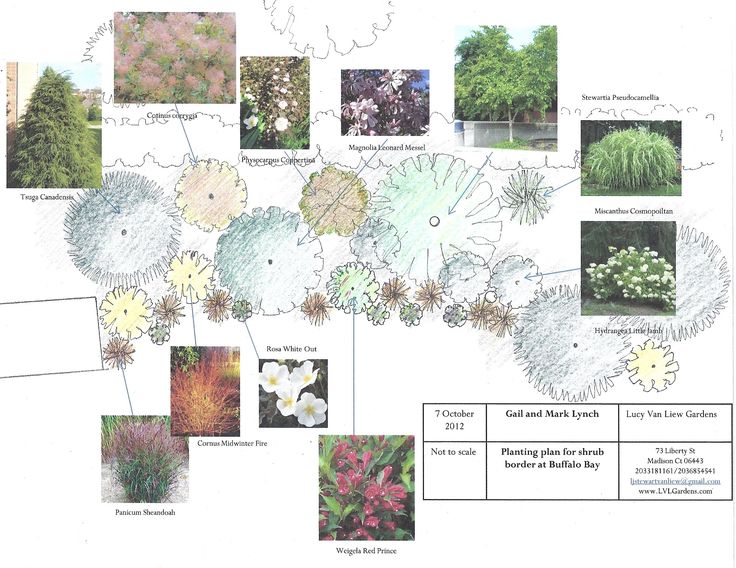 This gorgeous plant produces dark purple foliage and bright pink stringy blooms every spring.
This gorgeous plant produces dark purple foliage and bright pink stringy blooms every spring.
It can be found in USDA Zones 7 through 10 and likes full sun to partial shade. This shrub is on the smaller side, growing up to three feet high and four feet wide.
English Laurel (Prunus laurocerasus)
On the more traditional end of the spectrum, we have the English Laurel. This is a dense, thorny evergreen shrub that works perfectly as a privacy screen or border fence. It has clusters of white flowers in the springtime that smell divine and produce bright red berries that will attract all kinds of birds.
It prefers full sun and warm climates, which is why it grows best in zones 6 to 9. It is drought tolerant, can withstand salt spray, and is often found on the East and West Coast.
Camellia Japonica
Camellia Japonica is another show-stopping shrub that grows up to 13 feet tall and ten feet wide. Native to China, Korea, and Japan, this woody shrub produces gorgeous pink, red, yellow, and white flowers that attract all kinds of pollinators.
You can find this plant in zones 7 through 9. It thrives in acidic soil with good drainage and should only receive two to six hours of direct sunlight a day.
Forsythia (Forsythia viridissima)
For a pop of color on your border, try the shrub Forsythia.
This deciduous shrub has thin, light gray stems and produces brilliant golden-yellow flowers in the springtime. It likes clay or sandy, alkaline soils with good drainage and grows best in zones 5 through 8. It prefers six or more hours of direct sunlight per day but will tolerate partial shade conditions.
Northern Bayberry (Myrica pensylvanica)
Northern Bayberry is a dense shrub native to the United States that does particularly well in coastal environments. It has glossy dark green leaves that have a leathery texture and a fragrant smell. They also produce small silver flowers in the springtime.
This shrub is excellent for borders as it grows up to ten feet tall and ten feet wide.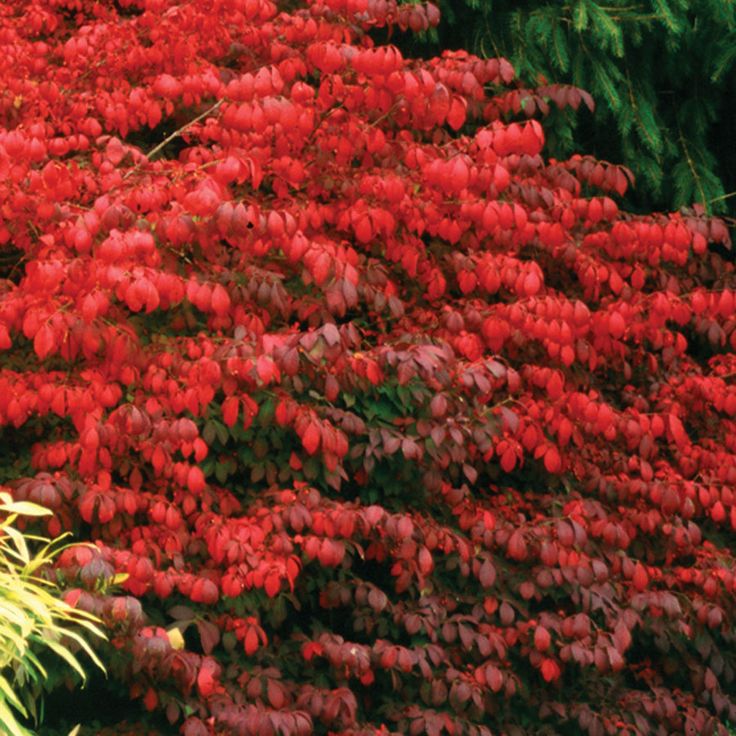 It can grow in partial shade but will do best in full sun. You can grow this shrub in zones 3 through 7.
It can grow in partial shade but will do best in full sun. You can grow this shrub in zones 3 through 7.
Conclusion
Using plants around your yard or property border is an excellent alternative to costly and unattractive fencing. From flowering shrubs to deciduous evergreens, there is something for every homeowner to enjoy.
More From Garden Lovers Club
14 Low Growing Evergreen Shrubs for Borders
Creating a natural border around a garden, yard, walkway, or driveway is a great way to add eye-catching texture and structure. Short hedges provide a soft visual barrier between areas while adding natural beauty to the yard. While it’s easy to think that evergreens take up a lot of space, there are quite a few low growing evergreen shrubs for borders.
Edging shrubs add structural appeal to focal points of the yard while creating a natural flow to the space. Most people think of boxwood when considering planting shrubs for borders, but there are quite a lot of other evergreens that are perfect for creating a natural barrier in the yard.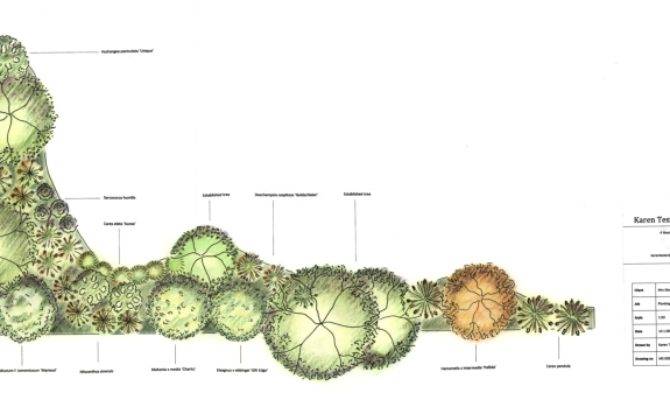
Many evergreens even produce flowers and black berries or bright red berries, such as the holly, or ilex, for seasonal interest.
(tamu1500/ozdereisa/tmsara/maykal/joachimberschauer/apagafonova/123rf.com)tb1234
tb1234
Table of Contents
- Edging Evergreens for Garden Borders
- What is an Evergreen shrub?
- Do Evergreens Grow Anywhere?
- Where Should I Place Border Evergreens?
- Are Evergreen Hedges Easy to Maintain?
- Yew (Taxus bachata)
- Azalea (Rhododendron) – Low Growing Evergreen Shrubs for Borders with Colorful Blooms
- Rainbow Leucothoe (Leucothoe fontanesiana)
- Boxwood (Buxus) – Traditional-Style Evergreen Border Shrub
- Arborvitae (Thuja)
- Yucca (Yucca filamentosa) – Flowering Evergreen Shrub with Unique Flair
- Barberry (Berberis)
- Euonymus (Euonymus fortunei) – Natural Border with Colorful Fall Foliage
- Mugo Pine (Pinus mugo)
- Cherry Laurel (Prunus laurocerasus) – Border Shrub that Attracts Pollinators to the Yard
- Dwarf Norway Spruce (Picea abies ‘Pumila)
- Viburnum (Viburnum opulus) – Evergreen Shrub Border with Fragrant Showy Flowers
- Juniper (Juniperus)
- Japanese Andromeda (Pieris japonica) – Evergreen Shrub with Chains of Flowers
Before you run to your local garden care center and pick up low growing shrubs, there are a few things to consider.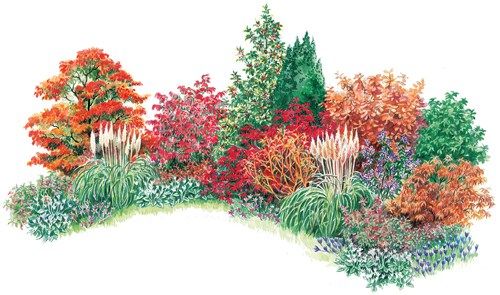 The amount of space you have in your yard, which hardiness zone you live in, how much sun your backyard receives during the day, and placement are all crucial factors when choosing evergreen bushes.
The amount of space you have in your yard, which hardiness zone you live in, how much sun your backyard receives during the day, and placement are all crucial factors when choosing evergreen bushes.
What is an Evergreen shrub?
Some evergreen shrubs have needle-like leaves while others have simple leaves. Both types of evergreens are shrubs that stay green all year round no matter what the temperature or weather conditions.
Their never-ending greenery makes them ideal as a natural fence, garden border, or edging along the yard. Unlike evergreen trees, shrubs are smaller and generally rounded, with several stems growing from ground level rather than a single trunk.
Do Evergreens Grow Anywhere?
Evergreens grow just about anywhere and are easy to grow. The key to growing these types of shrubs in your area is to determine your USDA hardiness zone. Each zone determines which kinds of plants grow for specific locations.
The hardiness map is broken up into numbered sections based on the average annual winter temperature and is useful for choosing the right shrubs for your area.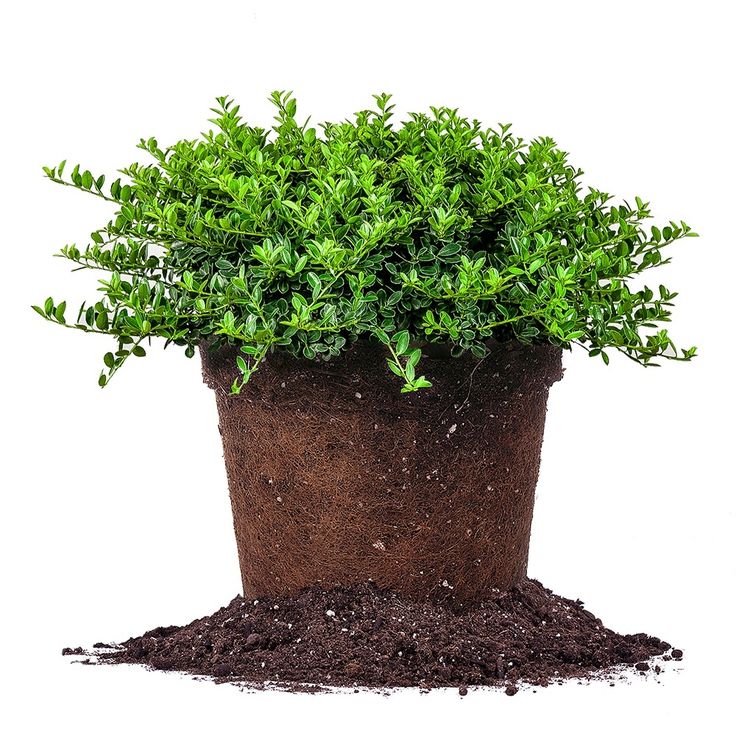 While most evergreens tolerate full shade, they grow best in part shade to full sun.
While most evergreens tolerate full shade, they grow best in part shade to full sun.
Where Should I Place Border Evergreens?
Border evergreens are a great way to separate specific areas of your yard. Consider growing hedging plants around a flower bed to accentuate the garden along the walkway to your front door to create a stunning path between the driveway and your yard or around your home as foundation plantings.
Border shrubs are also an excellent way to separate your yard from your neighbors without being intrusive. If neighbors, wildlife, or someone else’s pets are a problem, think about privacy shrubs with thorns to deter unwanted visitors from entering your property without an invitation.
Shrubs for swimming pool landscaping not only add beauty to the area but shield it from potentially prying eyes.
Are Evergreen Hedges Easy to Maintain?
While evergreen shrubs are easy to maintain, they do require routine care to thrive. Water and feed your plants regularly to encourage root development and good plant health.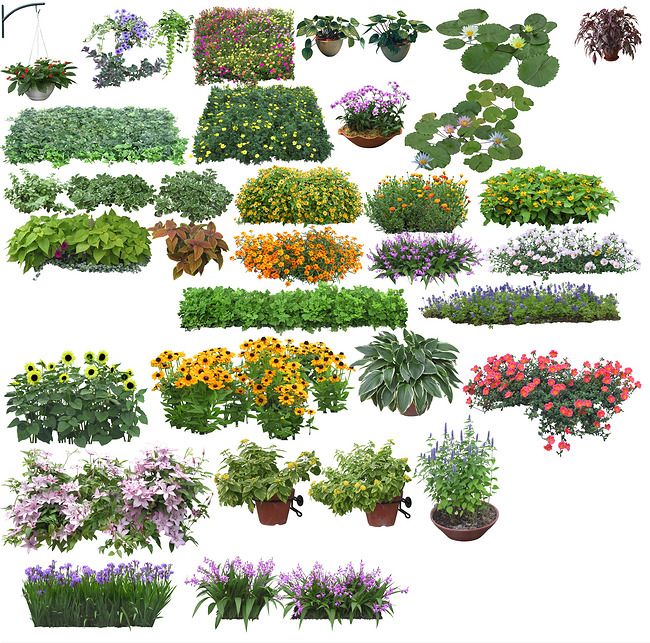 Prune the evergreens as needed to help the shrubs keep their uniform shape, keep them tidy, and promote bud growth near the plant’s edges.
Prune the evergreens as needed to help the shrubs keep their uniform shape, keep them tidy, and promote bud growth near the plant’s edges.
When shearing your hedges, make sure to keep the bottom wider than the top to prevent lower branches from losing foliage. Use mulch around your shrubs to prevent the soil from drying and discourage weed growth.
Yew (Taxus bachata)
(thefutureis/123rf.com)The yew is a long-lived shrub that comes in many low growing varieties, making it ideal for hedging around a garden or pathway. It has soft-needled green foliage with occasional red berries that are toxic to people, but birds enjoy eating.
Yews are small green shrubs that are easy to prune and shape and are tolerant of many conditions, including drought. They thrive in zones 4 through 7 and grow well in both shady and sunny locations. The average height and width of low growing varieties is 4 feet.
Azalea (Rhododendron) – Low Growing Evergreen Shrubs for Borders with Colorful Blooms
(joachimberschauer/123rf.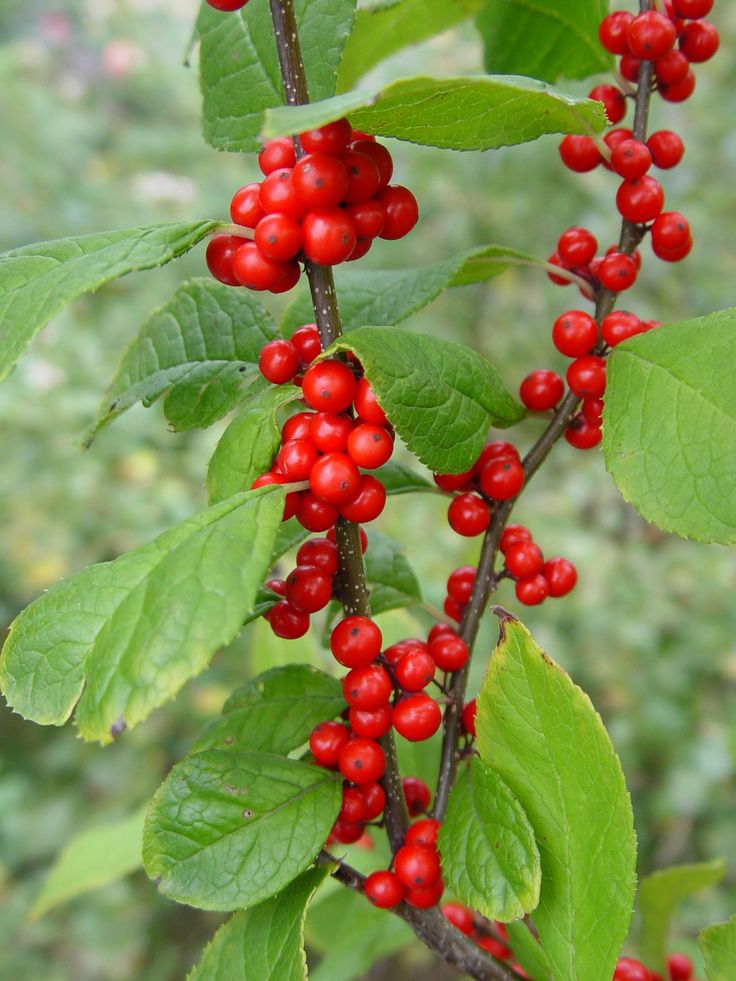 com)
com)Azaleas come in deciduous and evergreen varieties and produce profuse blooms of varying colors in the spring. The fragrant colors range from purple, red, and orange to white, yellow, and pink flowers. They have broadleaf foliage in deep green shades. Although they only bloom for a short time, the display is breathtaking.
The evergreen varieties grow to a height of 6 feet or less and have a mound-like shape, making them an ideal border shrub for the yard. These easy shrubs to grow are deer resistant, enjoy partial shade, and grow best in zones 3 through 9.
Rainbow Leucothoe (Leucothoe fontanesiana)
(tamu1500/123rf.com)This hardy evergreen shrub requires very little care with variegated foliage that provides a splash of color to the yard in shades of green, pink, bronze, and cream. Its leaves are thick and grow on 2-foot long drooping stems, giving the shrub a whimsical look.
This bush requires acidic soil for optimal growth and thrives in zones 5 through 8.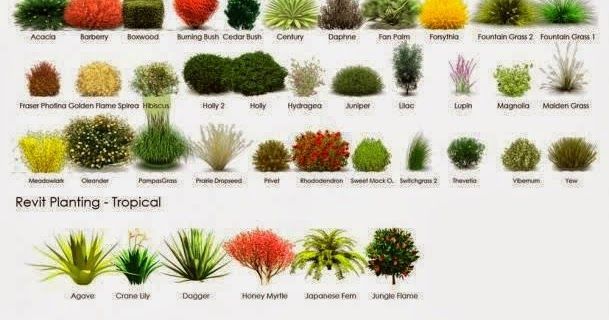 It grows best in wet areas of the yard and tends to spread quickly. The rainbow leucothoe grows to a height of 3 to 5 feet and produces clusters of flowers.
It grows best in wet areas of the yard and tends to spread quickly. The rainbow leucothoe grows to a height of 3 to 5 feet and produces clusters of flowers.
Boxwood (Buxus) – Traditional-Style Evergreen Border Shrub
(maykal/123rf.com)Boxwood is a traditional shrub enjoyed in formal gardens. It is easy to manipulate and maintain into different sizes and shapes, making it the perfect shrub for edging. It has glossy green leaves, which give it an elegant appearance.
It’s easy to keep boxwood at the height of 1 to 3 feet, depending on the type and amount of pruning it receives. This deer resistant shrub thrives in zones 4 through 8 and enjoys part to full sun.
Arborvitae (Thuja)
(maykal/123rf.com)This popular shrub is a favorite for use as a border or hedge because of its fast growth rate and hardy appearance. It has dense green foliage that takes on a bronze cast during the fall and winter months.
Arborvitae is drought tolerant and deer resistant. This bush thrives in zones 2 through 7 and enjoys part to full sun.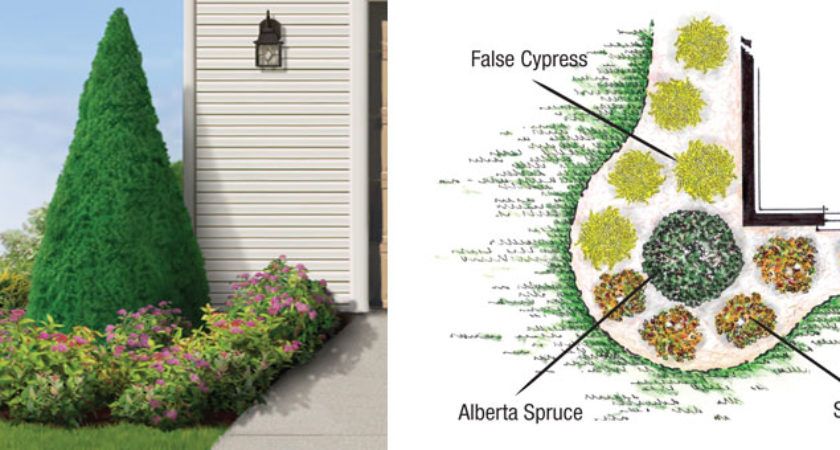 The smaller varieties have a trim, pyramidal shape, which gives it a regal appearance as a border shrub.
The smaller varieties have a trim, pyramidal shape, which gives it a regal appearance as a border shrub.
Yucca (Yucca filamentosa) – Flowering Evergreen Shrub with Unique Flair
(lemanieh/123rf.com)Yucca is a robust plant that you probably don’t associate with evergreen bushes. However, this plant is a unique addition to any border area. It has long blades of evergreen foliage and produces tall candelabra-like blossoms in white and pink shades throughout the late summer and fall.
Small varieties of Yucca grow approximately 3 feet in height and 3 feet wide. These low maintenance plants are deer resistant and drought tolerant and thrive in full sun areas in zones 4 through 11.
Barberry (Berberis)
(spring75/123rf.com)This classic shrub provides interest to the yard throughout the entire season with its vibrant foliage. Its evergreen leaves add consistent color to a border in shades of green, yellow, and rich burgundy.
Barberry is a tough hedge plant that thrives in zones 3 through 9.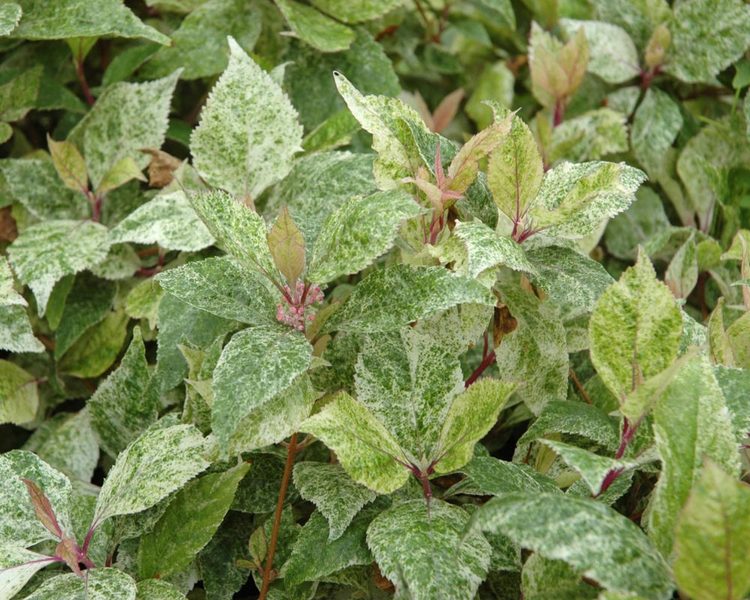 It has an average height and width of 5 feet and enjoys partial to full sun. This low maintenance shrub is deer resistant and drought tolerant.
It has an average height and width of 5 feet and enjoys partial to full sun. This low maintenance shrub is deer resistant and drought tolerant.
Euonymus (Euonymus fortunei) – Natural Border with Colorful Fall Foliage
(ozdereisa/123rf.com)There are many varieties of Euonymus, one of the most common being the burning bush with its stunning orange and red foliage during the fall months. Other types produce hot pink and orange fruits that attract birds to the yard.
Some types have a sprawling evergreen habit, and all thrive in zones 4 through 8. They are low maintenance, deer resistant shrubs that thrive in both shade and sun. The smaller varieties have an average height of 3 feet, and some types spread up to 15 feet.
Mugo Pine (Pinus mugo)
(maykal/123rf.com)The Mugo pine has a low growing habit that makes it appealing as an edging shrub or groundcover in rock gardens. This easy-growing shrub stays small and maintained with its bright green needle-like foliage.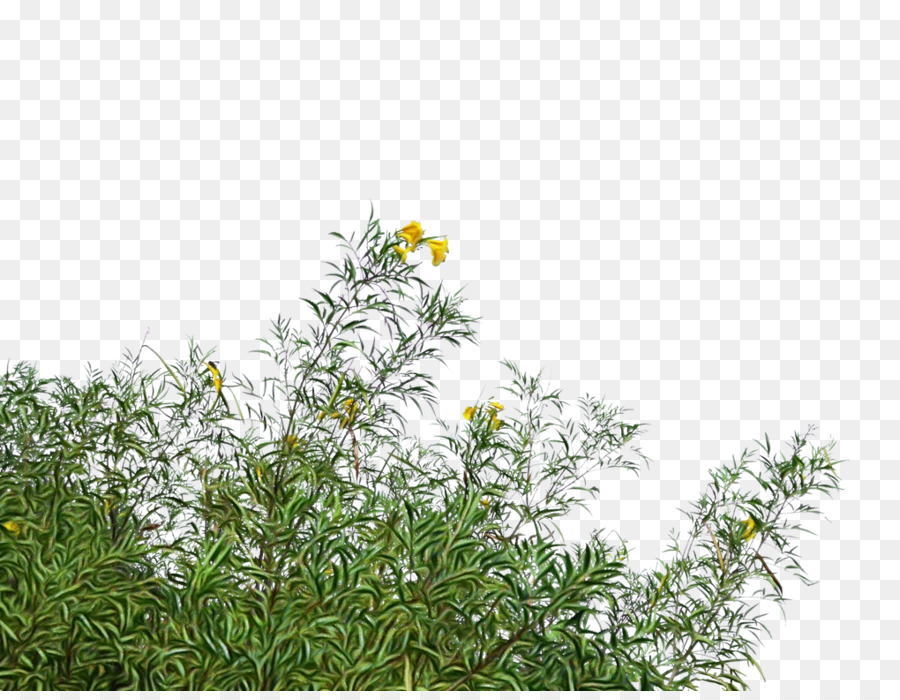
This species of conifer has a mature size of 3 to 5 feet tall with a spread of up to 10 feet wide. It flourishes in zones 3 through 7 and enjoys full sun to part shade. They are a hardy shrub that is also drought tolerant.
Cherry Laurel (Prunus laurocerasus) – Border Shrub that Attracts Pollinators to the Yard
(angelarohde/123rf.com)Cherry laurel attracts birds to the area with its cherry-like red fruits. It is fast-growing and produces sweet-smelling, white flowers during the early spring. Birds, bees, and other pollinators are attracted to this bush, giving it more appeal to the yard.
This handsome evergreen shrub tolerates shady areas. Cherry laurel thrives in zones 5 through 9 and is deer resistant. This bush requires pruning in the early summer after it blooms for optimal growth.
Dwarf Norway Spruce (Picea abies ‘Pumila)
(manfredkoch/123rf.com)The dwarf Norway spruce is the perfect shrub for using as a border along a pathway or garden with its rounded shape.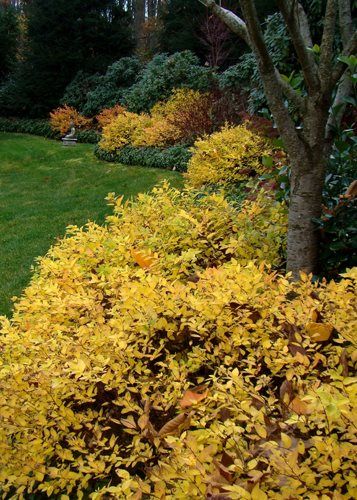 This plant doesn’t outgrow the area, and its hardy dark green foliage makes it unbeatable for the yard.
This plant doesn’t outgrow the area, and its hardy dark green foliage makes it unbeatable for the yard.
This informal hedge reaches a mature height of 2 to 3 feet. As dwarf shrubs for full sun locations in zones 3 through 8, this spruce is both attractive and serviceable. Prune this deer resistant and drought tolerant shrub occasionally to keep it tidy.
Viburnum (Viburnum opulus) – Evergreen Shrub Border with Fragrant Showy Flowers
(tmsara/123rf.com)Viburnum produces highly fragrant white and pink flowers with stunning foliage and stem color. Not only is this shrub ideal for planting as a border, but it is so diverse, that there is bound to be the perfect one for your garden.
This flowering bush blooms in the spring and provides colorful fall foliage in zones 2 through 9. It is low maintenance, deer resistant, drought tolerant, and thrives in part to full sun. The smaller varieties reach an average height of 3 to 8 feet with a spread of 3 feet.
Pair your viburnum with short perennial grasses to make a statement and to highlight the different species in the same location.
Juniper (Juniperus)
(apagafonova/123rf.com)There is a vast variety of juniper varieties, ranging from ground cover to hedge-style. They have blue-green and gray-silver foliage that range from small, sharp needles to scale-type leaves.
These low maintenance conifers are deer resistant, drought tolerant, and make a great natural border for the yard. They grow best in zones 3 through 9 and thrive in part to full sun. The small varieties of juniper average 3 feet tall, and they provide winter interest to the yard.
Japanese Andromeda (Pieris japonica) – Evergreen Shrub with Chains of Flowers
(nickkurzenko/123rf.com)This shrub goes by many names, including the lily of the valley bush, due to its dainty white, red, and pink flowers that resemble tiny bells. The flowers grow along a stem in chains of fragrant blooms during the spring with new foliage growth in shades of orange and red.
The Japanese andromeda grows best in zones 5 through 8 and enjoys partial to full sun. It is low maintenance and deer resistant, and the small varieties grow to a height of 3 to 8 feet with a width of 3 feet.
Finding the perfect evergreen shrub with the right profile for creating an edge around your flower garden or walkway is easy once you know what to look for in a plant. Place flowering shrubs along the path to your home or pruned boxwood around a garden. However you decide to plant your shrubs, they are sure to add curbside appeal.
(tamu1500/ozdereisa/maykal/joachimberschauer/123rf.com)Choosing proper low growing evergreen shrubs for borders creates a naturally attractive barrier around outdoor spaces to give your yard visual appeal, so why not share our evergreen border shrub list with your friends on Pinterest and Facebook?
Low growing hedge and border plants
Both plants that can be shaped to your liking and crops that do not require pruning are suitable for creating a low hedge.
Low-growing hedges, unlike high "green fences", serve not to protect the site from prying eyes, but, on the contrary, to decorate it and conditionally mark the boundaries.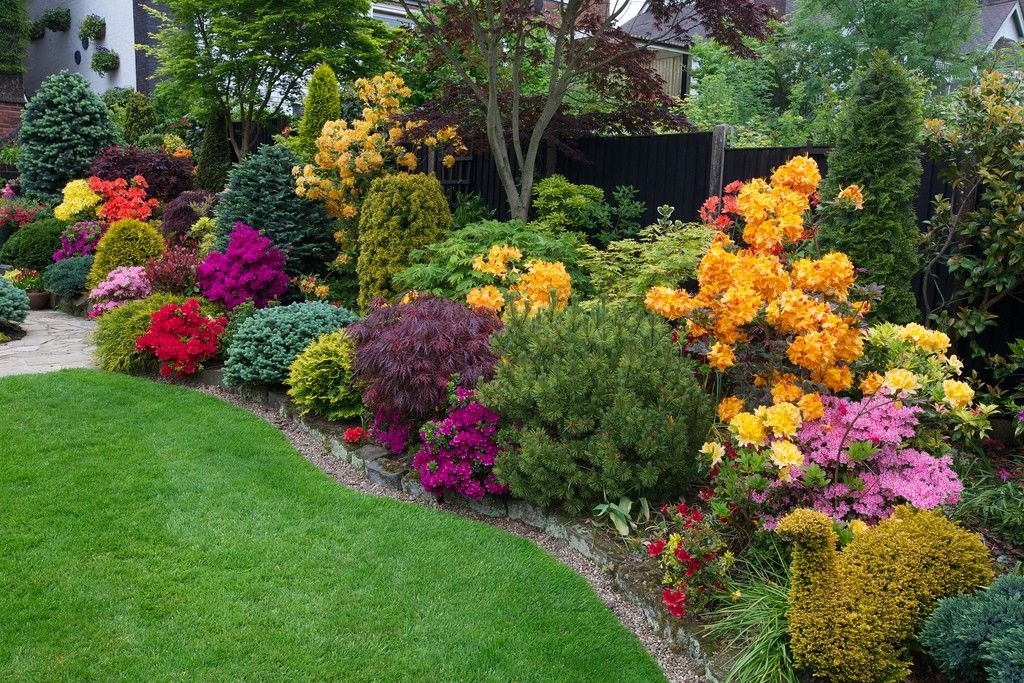 Low-growing borders also enhance the beauty of the garden by neatly framing plantings or paths. What plants can be planted to grow a great low growing hedge? nine0003
Low-growing borders also enhance the beauty of the garden by neatly framing plantings or paths. What plants can be planted to grow a great low growing hedge? nine0003
Low-growing hedges to be cut
Boxwood
The most popular shrub that is great for making living borders is boxwood. It makes low and very beautiful frames for flower beds, with its help it is good to zone the space of the site. In addition, from boxwood alone, you can form unusual compositions that will look no worse than the flower garden itself. Boxwood lends itself well to pruning and is easily restored. nine0003
Golden currant
We are used to the fact that currant is a berry bush. But it's time to look at it with different eyes, because this plant can become a real decoration of the garden, if you pick up an ornamental variety and form a hedge. By itself, the currant shrub is quite tall, but if pruned in a timely manner, you can get a hedge of the height you need.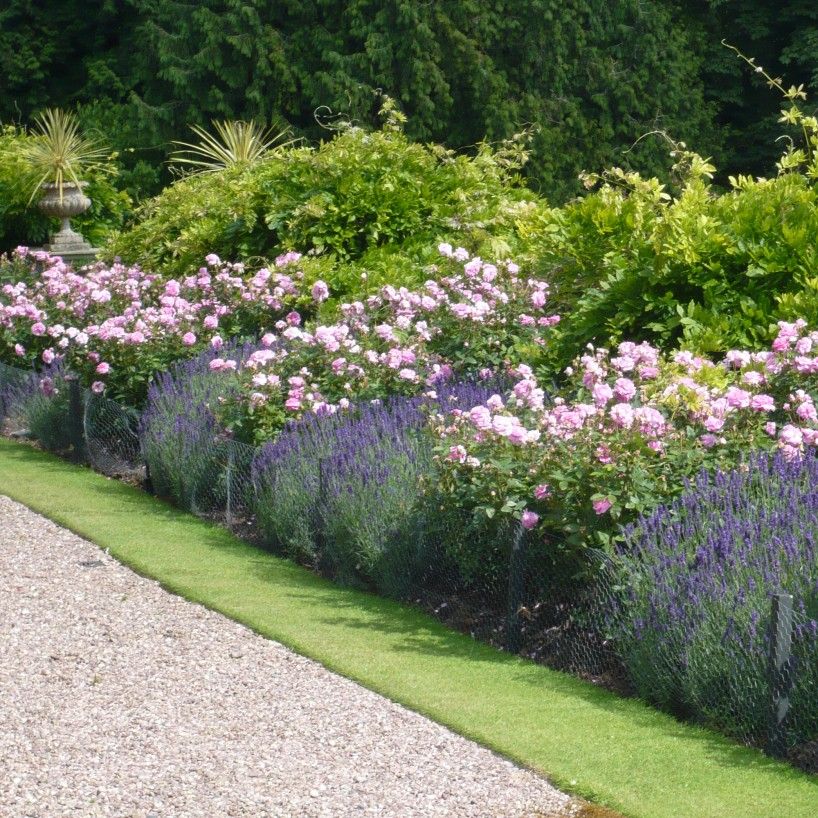
Cotoneaster brilliant
Another great hedge or border plant is cotoneaster. It is good because it grows slowly and has a fairly dense crown. At different times, it is decorated first with small white or pink flowers, and then with conditionally edible black berries. Cotoneaster is unpretentious, relatively frost-resistant and tolerates drought well, so growing it is a pleasure.
Western thuja
This plant cannot be called a dwarf in any way, but if it is properly formed, then an excellent low hedge will turn out from western thuja. Thanks to dense and dense greenery, the culture is ideal for planting along the contour of the site. In the garden, you can make low frames from it for individual trees or flower beds. And some summer residents manage to form various figures from the western thuja. The tree tolerates molding haircut well. nine0003
No pruning hedges
Lawson's cypress
Lawson's cypress is another conifer suitable for hedges. But unlike thuja, it does not require pruning. This tree up to 40-60 cm high is distinguished by a curved top and flat falling shoots. A special charm of a hedge from this plant is given by cones that grow at the ends of the shoots. If you want to form a cypress at your discretion, then this is quite possible to do: the plant tolerates a haircut well. nine0003
Snowberry
Snowberry is one of the most popular hedge plants. You can plant it anywhere on the site, because it is so unpretentious that it grows even on calcareous and stony soils. Also, the culture does not need frequent watering and feels great in the shade. At the same time, the snowberry has enough strength to form fruits - large white berries collected in bunches. Such a hedge will definitely add luxury to the backyard area. If desired, a shrub can be formed. In this case, pruning is best done in the spring before bud break. nine0003
Rose wrinkled
A chic flowering hedge or border can be obtained from a wrinkled rose.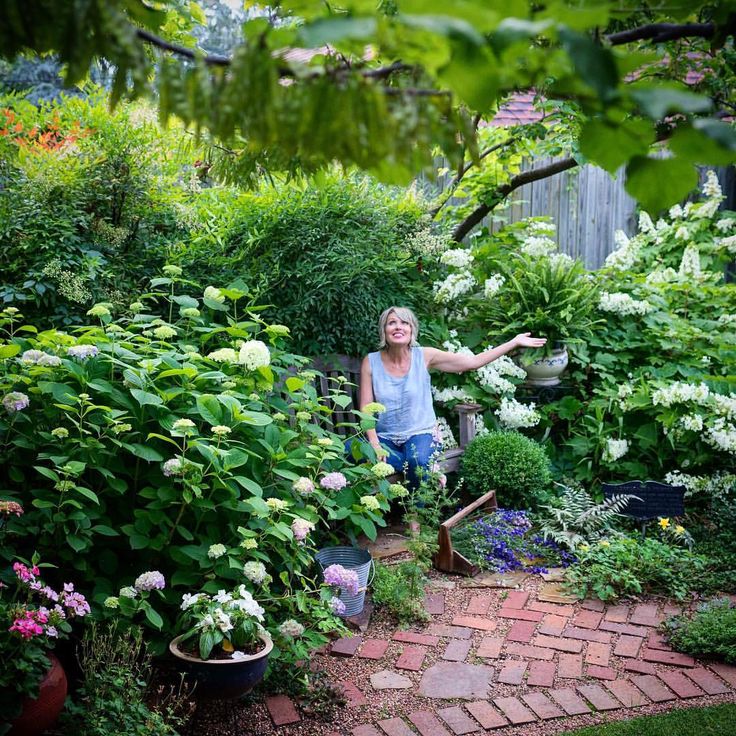 Pruning is not required for this culture, it is enough just to remove weak and old branches, as well as broken shoots. The rose blooms with huge buds, which will allow you to get a low "living wall" of extraordinary beauty.
Pruning is not required for this culture, it is enough just to remove weak and old branches, as well as broken shoots. The rose blooms with huge buds, which will allow you to get a low "living wall" of extraordinary beauty.
Heather
Heather can be planted as a border or along garden paths. This low plant will radically change the look of a flower bed or path. And although the culture does not require pruning, the rules for caring for it are still worth learning. Heather cannot be called such an unpretentious plant. nine0003
To get the perfect hedge and avoid mistakes when creating it, choose plants that are adapted to life in your area.
Decorative deciduous shrubs for borders and low hedges - FloweryVale.ru
Fences on the site are created for various purposes. Curbs or low hedges are very interesting both in the front part of the site and along the central path or lawn. Such low borders themselves can become an independent element in the garden. The main thing is that they are always dense, neatly trimmed. nine0003
Among the unpretentious and at the same time very beautiful ornamental deciduous shrubs, suitable for creating borders or low, up to half a meter, hedges, are undersized species of barberry, rhododendrons, boxwood, cotoneaster, honeysuckle, caragana, Fortune's euonymus, dyeing gorse, cinquefoil, mahonia, low almonds, well-known currants and gooseberries, snowberry, spirea, chaenomeles.
Undersized species of barberry include boxwood barberry (Berberis buxifolia Nana).
Evergreen boxwood barberry (Berberis buxifolia Nana) is very decorative at any time of the year, unpretentious in care, grows well even on dry sandy soils, develops well both in the sun and in partial shade, tolerates pruning. By the way, barberry can also be used for landscaping a balcony or terrace.
Low and dense grade 9 can be used for low curbs0009 Boxwood (Buxus sempervirens Suffruticosa) is a slow growing evergreen shrub with very beautiful glossy dark green leaves.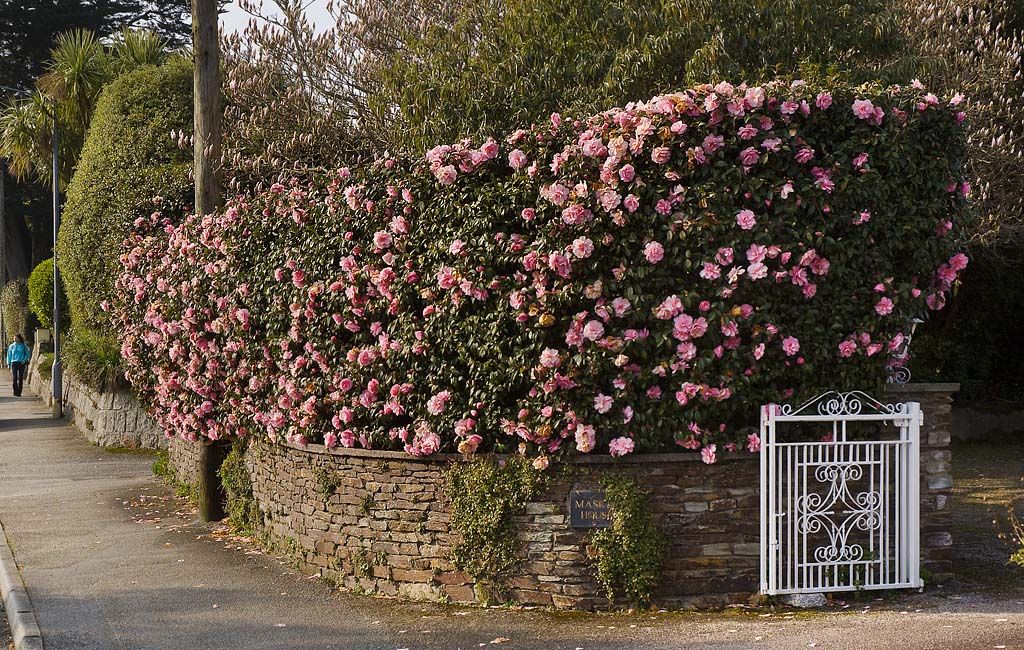
Boxwood is perfect not only for decorating an oriental-style balcony, but also for trimmed front borders. Several varieties of boxwood have been bred, which differ not only in the shape of the leaf, but also in the variegated color of the leaves.
Boxwood is shade-tolerant and drought-resistant, prefers fertile loose soils without stagnant water. For the winter, it is advisable to cover boxwood with agrospan to protect the leaves from winter and early spring sunburn. nine0003
For border plantings, it is quite possible to use some varieties of Fortune's spindle tree (Euonymus fortunei) - a slow-growing, very low, creeping shrub up to half a meter high with long, up to 3 meters, shoots easily rooted in internodes. These shoots are quite capable of clinging to a support, if any. Fortune's euonymus has green small leathery leaves 2–5 centimeters long.
This species, as well as its hybrid forms, eg Fortune's variegated spindle tree (Euonymus fortunei Variegatus) with white-green leaves and pink veins, which can also be used as a groundcover. And ripening fruits will not only add decorativeness to the bushes, but also serve as food for birds.
And ripening fruits will not only add decorativeness to the bushes, but also serve as food for birds.
Fortune's euonymus prefers a semi-tel, rather drought-resistant, tolerates pruning well.
nine0002 Caragana (Caragana) has long been used as an ornamental plant. Perhaps most of us know it as an acacia growing in forest belts and parks, but in fact it is a caragana. For example, species such as prickly caragana (Caragana pygmaea) and orange caragana (Caragana aurantiaca) are able to create even impenetrable thickets if they are not cut.
Orange Karagana is a loose shrub up to 1 meter tall with numerous protruding shoots. nine0003
It grows well in urban environments, tolerates drought well, is not at all demanding on soil fertility. It needs to be trimmed constantly to get a solid green border. Karagana prickly differs from orange only in yellow flowers.
Very beautiful in hedges snowberry (Symphoricarpos).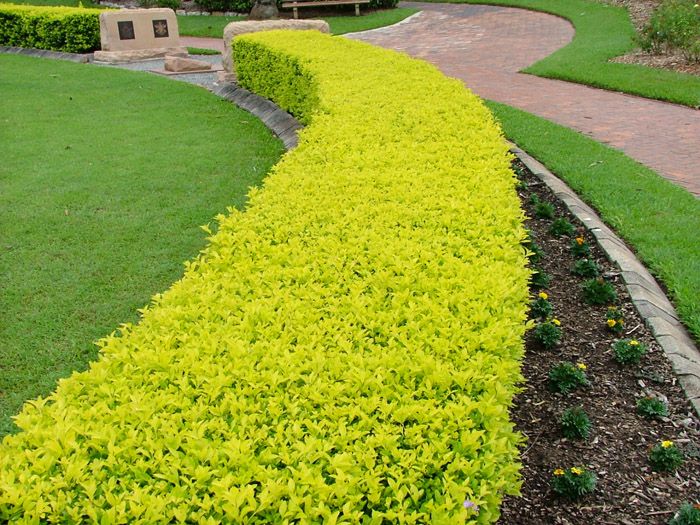 Snowberry is a deciduous shrub up to 1–1.5 meters tall, especially beautiful in autumn, during long-term fruiting, when the branches bend under the weight of numerous white berries, indeed resembling small snowdrifts. And, perhaps, it is called so because the berries on the bush hold for a long time, right up to the snow. nine0003
Snowberry is a deciduous shrub up to 1–1.5 meters tall, especially beautiful in autumn, during long-term fruiting, when the branches bend under the weight of numerous white berries, indeed resembling small snowdrifts. And, perhaps, it is called so because the berries on the bush hold for a long time, right up to the snow. nine0003
Snowberry grows very quickly, is completely unpretentious in care, prefers open sunny places, calcareous soils. It grows well in urban conditions with insufficient watering. It tolerates shearing and bush formation. Sometimes in severe snowless winters it can freeze slightly, but it recovers very quickly.
Semi-evergreen can be used for low hedges glossy honeysuckle or glossy (Lonicera nitida) with many decumbent shoots abundantly dotted with glossy green oblong leaves.
Brilliant honeysuckle grows well on both sandy and clay soils, if measures are taken to improve fertility, make the earth water and breathable. It grows well in open, sunny places, and in partial shade. The brilliant honeysuckle is thermophilic, therefore in our climate it loses leaves for the winter and can freeze slightly, therefore it requires shelter for the winter. nine0003
It grows well in open, sunny places, and in partial shade. The brilliant honeysuckle is thermophilic, therefore in our climate it loses leaves for the winter and can freeze slightly, therefore it requires shelter for the winter. nine0003
and capped honeysuckle (Lonicera pileata), which differs from the first in fragrant pale yellow flowers. It bears fruit, the fruits are medium-sized, with a cherry, purple. Honeysuckle cap-shaped can grow both in the sun and in partial shade; besides, it is more hardy than glossy honeysuckle, but in cold winters it still loses leaves.
As a hedge, some types of hydrangeas, such as tree hydrangeas, as well as Spiraea (Spiraea). All spireas are unpretentious, outwardly highly decorative and very flexible flowering shrubs in use. Among the variety of varieties of spirea, you can always choose a plant according to your preference, focusing on the height of the plant, the flowering period or the color of the flowers.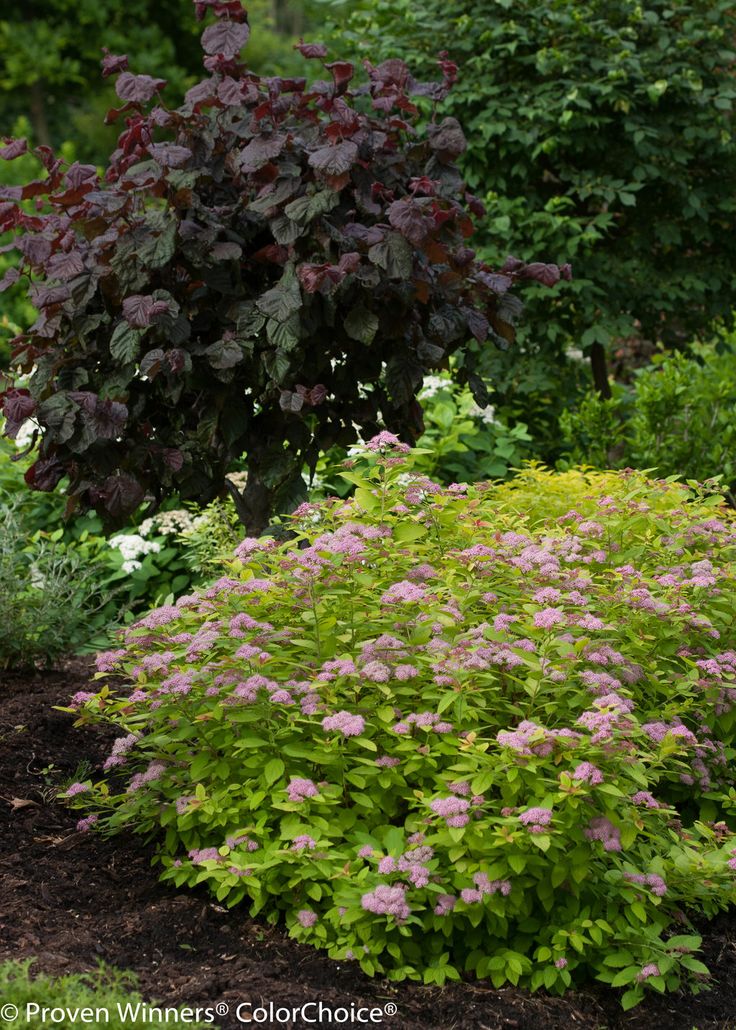
Spiraea grows and blooms beautifully with sufficient light and soil fertility, no stagnant water in the ground. Young spireas need shelter for the winter. All spireas tolerate pruning well. nine0003
Rhododendrons (Rhododendron) - one of the unsurpassed ornamental shrubs, flowering which is distinguished by an incredible variety of shapes and colors. For low borders, undersized, compact hybrids created on the basis of Yakushimanum rhododendron, dwarf hybrids of the Repens group, Kamchatka rhododendron are ideal - a low sprawling shrub with lilac-pink flowers. nine0003
However, rhododendrons are very demanding on growing conditions. They need lacy penumbra or sun, they need protection from cold northern winds. Almost all types of rhododendrons need an acidic soil reaction, they prefer very fertile, permeable soils. In addition, evergreen species of rhododendrons must be protected with agrospan from the winter and early spring sun so that the leaves do not get burned.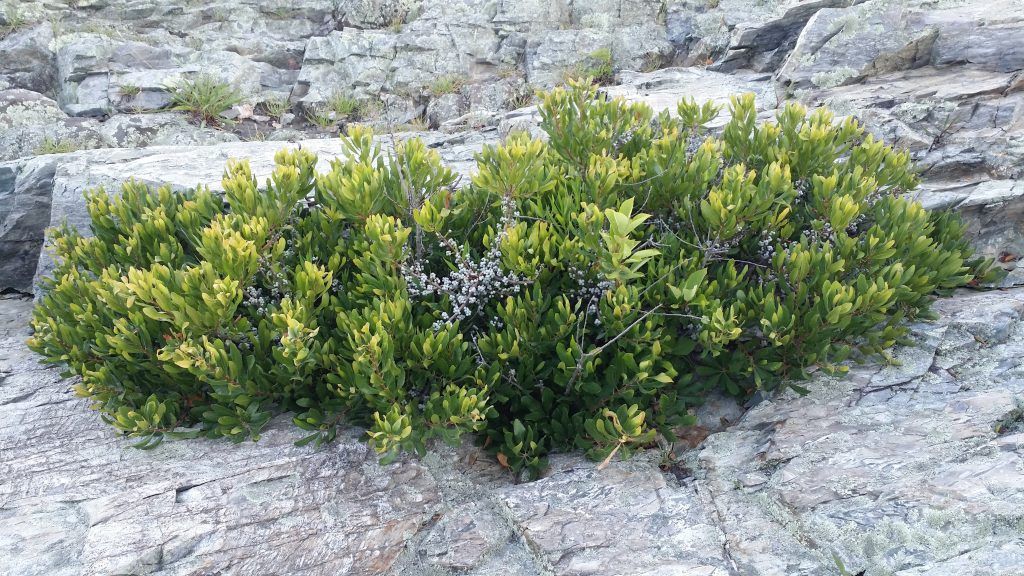
nine0002
Among the best evergreen deciduous plants used in hedges is Holly mahonia (Mahonia aquifolium). Some sources refer it to the genus Barberry under the name Berberis aquifolium.
Low, up to 1 meter tall, hedges of holly mahonia are good both in a free-growing form and in a haircut. Magonia holly throughout the year looks very fresh, of course, thanks to its juicy dark green shiny leaves. The edges of the leaves are sharp-toothed. And since the leaves remain on the shrub in winter, the mahonia hedge always attracts attention. nine0003
In spring its yellow flowers are charming. By winter, the leaves of the holly mahonia become dark red, purple. Ripe fruits of bluish-black color hanging from the bush in whole clusters also increase the decorativeness of the bush. In such a luxurious outfit, mahonia leaves before winter.
Mahonia grows well in moist, even clayey and silty soils with a high lime content. Prefers partial shade, but can grow both in open areas and in the shade. If you want to have a low curb of the correct form, then do not forget about the haircut, which is recommended to be done immediately after flowering or in the fall, before the onset of winter. In the conditions of the middle band of the holly mahonia, shelter for the winter will be required. nine0003
Prefers partial shade, but can grow both in open areas and in the shade. If you want to have a low curb of the correct form, then do not forget about the haircut, which is recommended to be done immediately after flowering or in the fall, before the onset of winter. In the conditions of the middle band of the holly mahonia, shelter for the winter will be required. nine0003
Low almond , or steppe almond (Amygdalis nana = Amygdalis tenella = Prunus tenella) - low, up to 1–1.5 meters tall, branchy deciduous shrub, especially beautiful in early spring, when it blooms very bright, attracting attention, pink flowers blooming along with the leaves. Almond is unpretentious, so it can be successfully used to create permanent garden compositions, flower beds. nine0003
Low almond prefers sunny places, tolerates drought well, can grow on poor sandy soils. On clay soils, almonds will have to be drained, as they do not tolerate stagnant water in the soil at all.
For low borders, cotoneaster (Cotoneaster dammeri), cotoneaster pressed (Cotoneaster adpressus), cotoneaster horizontal (Cotoneaster horizontalis) are suitable. Dummer's cotoneaster is a ground cover evergreen shrub with long, easily rooted shoots and small, up to 4 centimeters, oval leaves. In autumn, ripening red fruits add decorativeness to the cotoneaster. nine0003
Cotoneaster appressed refers to deciduous ground cover plants. It has small, up to 1.5 centimeters, rounded leaves. Red fruits also ripen in September.
Cotoneasters are undemanding to soil fertility, can grow both in open sunny places and in partial shade, do not tolerate strong waterlogging, but are very responsive to watering in dry times. For the winter, these types of cotoneaster need to be covered, as they freeze slightly. nine0003
Potentilla is very decorative. For low hedges, Potentilla Dahurian (Potentella davutica) and Potentilla shrub (Potentella fruticosa) are quite suitable.
Dahurian Potentilla is a low deciduous shrub up to 1 meter tall, blooms all summer with white flowers. Potentilla shrub - neat shrubs of a rounded shape, but slightly higher than the Daurian Potentilla, blooms with yellow flowers, there are varietal forms with white, pink and red flowers. Potentillas are unpretentious in care, they grow well in an open sunny area with minimal watering and top dressing. They tolerate a haircut well, do not require shelter for the winter. nine0003
For dry areas with depleted soil for hedges, you can use a steppe plant such as dyeing gorse (Genista tinctoria) - a dense shrub up to 1 meter tall with thin shoots directed upwards. The shoots are covered with narrow pale green leaves. Blooms with bright yellow flowers. The shrub is very unpretentious, although it can freeze slightly in snowless winters, but it quickly recovers.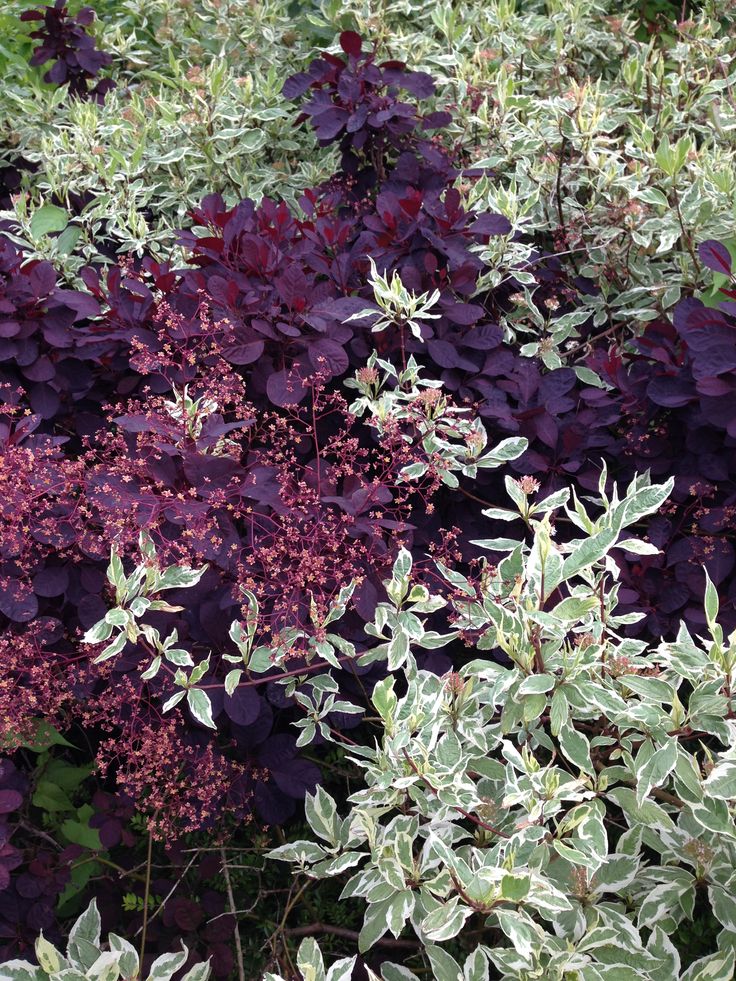
Rose (Rose) - in no way inferior to the beauty of rhododendon, rather equal among equals - a worthy representative of ornamental garden shrubs. For low borders, it is quite possible to use ground cover, miniature, patio, polyanthus and even some undersized varieties of floribunda roses. Neatly trimmed, or growing freely - roses never leave indifferent.
However, in order for roses to always be in excellent condition, you need to work hard: roses are quite whimsical. The soil they need is nutritious, moderately moist. Roses need both thinning and sanitary pruning. For the winter, all roses need to be covered. nine0003
For some reason, currant (Ribes) and gooseberry (Grossularia) we are accustomed to treating only as fruit bushes. However, it is worth looking at them from the other side. Any currant is decorative during the growing season: both in spring, during flowering, and in summer, during fruiting, and even without fruits.
All currants and gooseberries are very similar, but for a stunted hedge it is quite suitable Alpine currant (Ribes alpinum) is a compact and fairly dense deciduous shrub up to 1.5 meters tall, a dioecious plant, female specimens are suitable for fruiting. True, the berries of the alpine currant are tasteless. The alpine currant is quite unpretentious, grows well in sunny areas, is undemanding to soils, but when top dressing, the shrub is much thicker, tolerates pruning well, and does not need shelter.
Japanese chaenomeles hedge is very decorative. Japanese Chaenomeles (Chaenomeles japonica), or Japanese quince is a dense deciduous shrub up to 1 meter tall. Chaenomeles is very beautiful during flowering, when it is covered with marvelous red flowers. When tied, small rounded fruits with a pleasant lemon taste and smell are formed, from which jams and jams are cooked.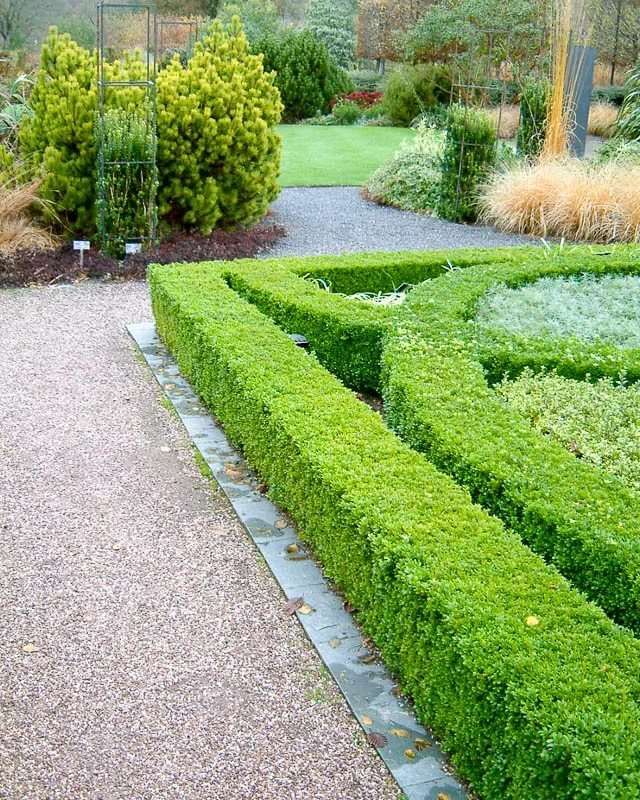
However, Japanese chaenomeles needs protection from northerly winds. It is photophilous, grows better on fertile, well-drained soils. In winter, shoots can freeze slightly, but in spring they quickly recover. With strong thickening, thinning is required. nine0003
From this list, it is quite possible to choose plants that are ideal for your site, according to the requirements for maintenance conditions, fertility, acidity and soil moisture.
It is absolutely not necessary to go against nature and plant magonia or rhododendron on poor dry soils, or on wet wetlands - almonds, gorse or boxwood. Only plants that are ideally suited to your conditions will grow quickly, become a real highlight of the garden, and most importantly, they will not require much maintenance. nine0003
See also: Medium deciduous hedge shrubs
References: Konovalova T.Yu., Shevyreva N.A. Ornamental shrubs, 2004
Image source flickr.